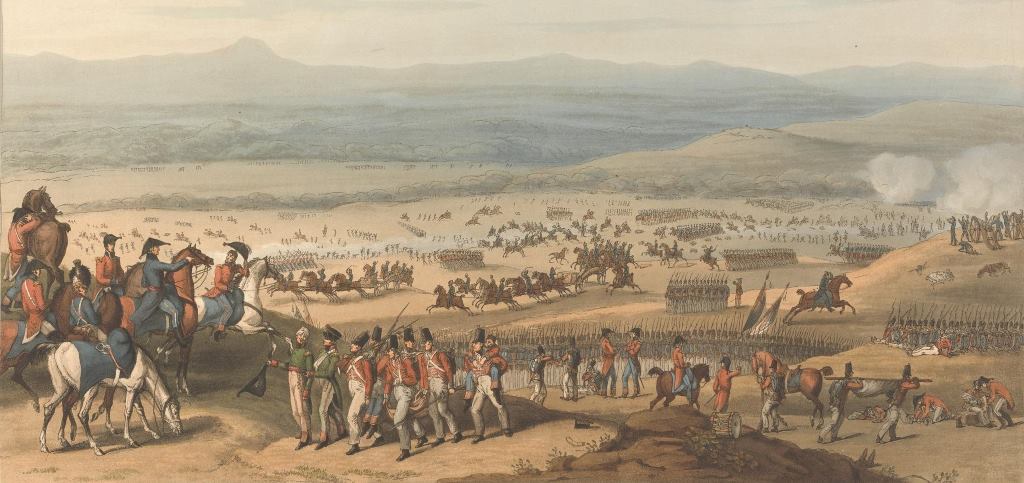Following a request I am pleased to report two orders of battle for the Peninsular War have been uploaded over recent days. Specifically they are for the battles of Fuentes de Oñoro and Vitoria. Both are presented in Volley & Bayonet terms. While insufficient information is provided for a complete scenario I trust these articles are of use to readers. While neither battle needs much of an introduction it would be remiss of me not to provide a basic one.
At the Battle of Fuentes de Oñoro (3–5 May 1811), the Anglo-Portuguese Army under Wellington checked an attempt by the French Army of Portugal under Marshal Masséna to relieve the besieged city of Almeida. Wellington fielded around 37, 000 troops while Masséna something in the vicinity of 45,000.

Two years later at the Battle of Vitoria (21 June 1813) an Allied Army of British, Portuguese and Spanish under Wellington, broke the French army under King Joseph Bonaparte and Marshal Jourdan near Vitoria in Spain. Wellington’s army contained between 81,000 to 90,000 troops while the French fielded just under 60,000. The allied victory at Vitoria would eventually lead to victory in the Peninsular War.
The original orders of battle were compiled a number of years ago by Jeff Glasco. I have updated them to align with “Volley & Bayonet – Road to Glory”. You can find both orders of battle here.



